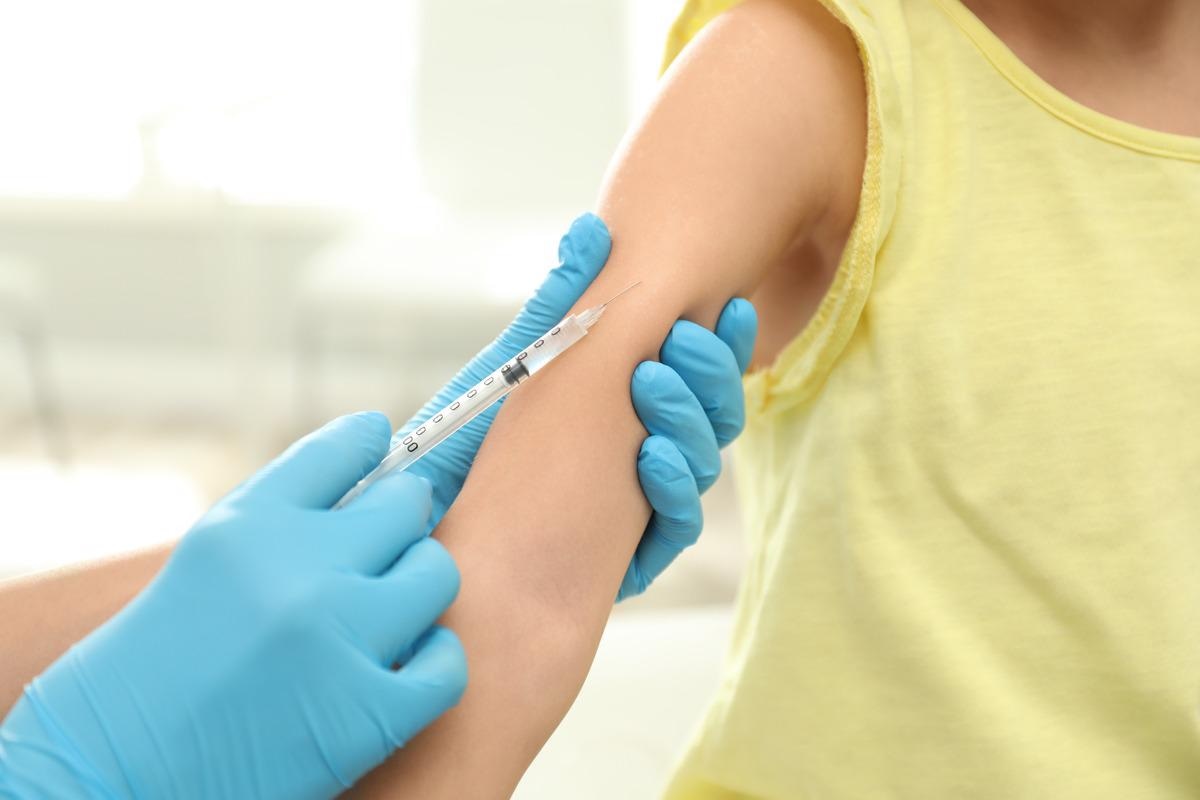In a recent study posted to the medRxiv* preprint server, researchers evaluated the safety of mRNA vaccination against severe acute respiratory syndrome coronavirus-2 (SARS-CoV-2) in children using mathematical modeling.
 Study: Vaccinating children against COVID-19: commentary and mathematical modelling. Image Credit: New Africa/Shutterstock
Study: Vaccinating children against COVID-19: commentary and mathematical modelling. Image Credit: New Africa/Shutterstock
The mRNA vaccine developed by Pfizer-BioNTech has been approved in several countries for immunizing kids based on the evidence provided by Pfizer for the safety of use in children. It has been reported that the fatality rate of coronavirus disease 2019 (COVID-19) in over 65-year-olds is 5.6 per 100 people. In contrast, it is 0.0016 and 0.00032 per 100 in those aged 5-9 and 10-19 years, respectively.
In over 19 months of the pandemic in the United States, there have been 349 deaths in those aged less than 18 years out of over 606,389 total pandemic-related deaths. However, an increased incidence of COVID-19 cases was observed in children since the emergence of the SARS-CoV-2 Delta variant, which has led to the recognition of pediatric morbidity in children.
The benefits of vaccination include the protection of vaccine recipients and contribution to herd immunity. Herd immunity is attained when people do not transmit the virus due to immunity, thus helping to end an epidemic. Immunity in the population could be achieved by vaccination and natural immunity as a result of infection.
The study
In the present study, researchers proposed that vaccination of children will reduce the disease burden of COVID-19 in children. The basic reproduction number for a virus in a given non-immune population is ℛ0, and 1-1/ℛ0 is the fraction of the population who need vaccination to extinguish the epidemic when vaccinated individuals do not transmit the virus. The ℛ0 for the SARS-CoV-2 Delta variant was reported to be between five and eight, which reflects that 80-87% population should be immune and non-transmitting.
Even if natural immunity is attained in around 10% of the total population, it would still require vaccination of over 70% of people to render them non-transmitting and immune. This figure can only be achieved when children are immunized.
The authors employed a deterministic Susceptible-Infected-Recovered (SIR) compartmental model with seven age groups, i.e., < 5, 5-11, 12-19, 20-39, 40-59, 60-74, and ≥ 75 years, and vaccine with imperfect efficacy. The course of the SARS-CoV-2 Delta variant (using ℛ0 = 5.08 ) in Australia and Alberta, Canada, was modeled for one year with and without vaccination of children.
Modeling was conducted on the Alpha variant (with ℛ0 = 2.79 ) to account for the fact that other variants with different transmissibilities also co-circulate and affect model predictions. The authors also ran a model to account for a scenario with 90% of adults being vaccinated.
Results
With the SIR model, the authors developed the expected epidemic curve, with infections finally reaching 0. Sensitivity analyses were conducted to evaluate the variations of model outputs with the proportion of vaccinated children and the intensity of concurrent public health measures.
The findings reported that with the proportion of vaccinated children varying from 0 to 1, a near-linear relationship in the reduction of cases, hospitalizations, and deaths was observed in all age groups and vaccine classes. However, the authors reported a non-linear relationship with the varying intensity of concurrent health measures with a similar qualitative pattern for hospitalizations and deaths across all age and vaccine groups.
This study has some limitations. It did not consider the stochastic effects of employing a deterministic compartmental SIR model. The co-circulation of other SARS-CoV-2 variants with differential transmissibilities was also not accounted for in the mathematical modeling. The efficacy of vaccines differs with different SARS-CoV-2 variants, which could cause differences in model prediction.
Conclusions
The findings showed that for children aged 5-11 years, a higher relative reduction was observed in hospitalizations and deaths and a lower relative reduction in cases because of imperfect vaccine efficacy to prevent transmission. The number of vaccination-related cases of myocarditis and anaphylaxis was low. In adults, modest effects of herd immunity were seen, and the cases of vaccine-related anaphylaxis and morbidity were predicted to increase.
A 20-30% reduction in COVID-19 cases, hospitalizations, and deaths was observed as an impact of childhood vaccination in the models of the SARS-CoV-2 Alpha variant. Models using a higher baseline proportion (90%) of vaccinated individuals had a similar higher relative impact.
The study findings provided insights into the impact of childhood vaccination and concluded that it offers modest benefits with minimal risks. Vaccination of children substantially reduces child morbidity and mortality, although not in absolute numbers as these events are rare. However, it should be noted that childhood vaccination creates an ethical question at a time when low-income countries are struggling to immunize their adult population against COVID-19 due to limited access to vaccines.
*Important information
medRxiv publishes preliminary scientific reports that are not peer-reviewed and, therefore, should not be regarded as conclusive, guide clinical practice/health-related behavior, or treated as established information.